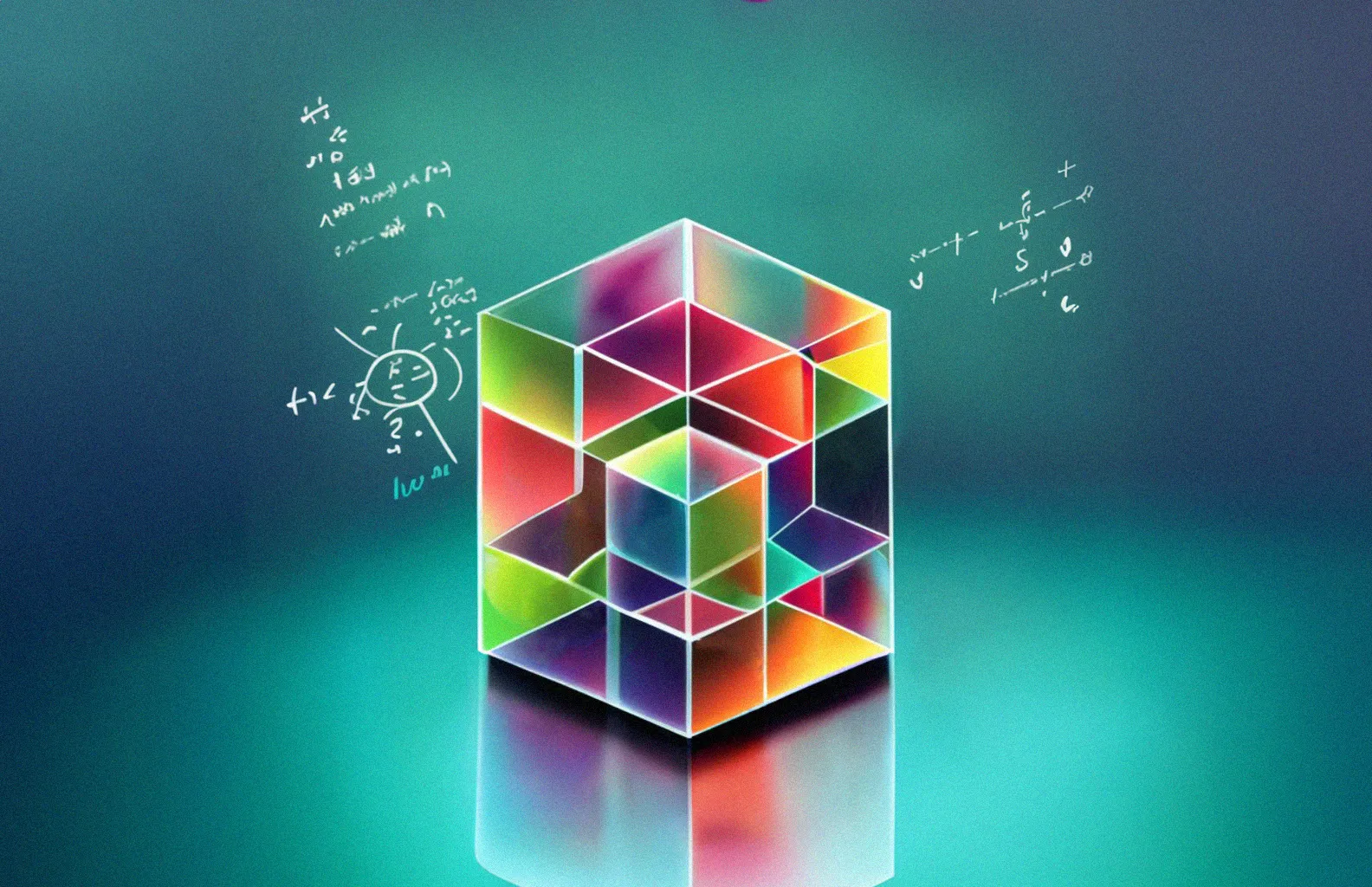
Meet Olivier Guelly, New Head of Sales at Onbrane
Olivier Guelly – better known as “Oli” to friends and colleagues – recently joined Onbrane as our new Head of Sales, taking a torch from
All you need to know
Welcome to a groundbreaking blockchain experimentation in the debt market. We are proud to present a large and ambitious initiative, led by a trusted technology provider.
This initiative is the first of its kind and is set to revolutionize the way the industry approaches blockchain experimentation.
The first part of the experimentation is the simulation : Rather than doing one more proof of concept demonstrating the inherent power of blockchain technology to deliver transparency, security, and efficiency, Onbrane has developed a simulator, shadowing real transactions in a virtual blockchain environment.
The second part is the creation of a complete lifecycle with real assets fully executed on a blockchain.
The experimentation is built on Ethereum, a public blockchain infrastructure, ensuring transparency and security for all participants. Onbrane extends an invitation to every actor in the primary debt market to join its clients, already committed participants to the Blockchain Experimentation.
From debt negotiation to settlement, Onbrane is exploring the full potential of blockchain technology, facilitating debt issuances that are verifiable and tamper-proof. This approach eliminates operational inefficiencies and delays, streamlining processes for improved efficiency.
The experimentation will be available for all transactions on Onbrane.
Negotiation, Issue, Distribution, Settlement: every step of the process is carried on the blockchain.
Streamline business logic and reduce errors.
the technology's impartiality makes it easier for players to get along with each other.
Create an environment of trust, auditable by all, to prevent fraud.
Started in Q2 2024
The first part of the experimentation is the simulation : Rather than doing one more proof of concept demonstrating the inherent power of blockchain technology to deliver transparency, security, and efficiency, Onbrane has developed a simulator, shadowing real transactions in a virtual blockchain environment.
All the smart contracts executed or tokens exchanged have no legal or fiduciary values.
Feature validation
The transformation of debt securities into smart contracts made it possible to process all of the transactions covered during this test. we did not get an edge case where the smart contract could not execute
Despite the use of a public blockchain, we were able to guarantee the confidentiality of information to the same standard as the current market
The process on blockchain showed rapid executions, in just a few minutes.
Our current cryptography system limits us to 11 billion currency tokens exchanged. This was sufficient for this phase, but it must be modified for phase 2.
Technology validation
The choice of a public blockchain proved to be wise: It made it possible to save a lot of development time and maintain high security standards. Furthermore, no confidentiality problems were noted.
This wallet format is known to everyone. It is therefore accessible and provides great flexibility in its management (Delegated, MPC, etc.)
The choice of polygon allowed extremely low transaction costs and rapid writing of transactions. However, it seems wise in the future to create a layer 2 specific to this use case. This layer would continue to be based on the Blockchian Ethereum
Even with the start of the second phase, the phase 1 is still availble for the users of the platform. It’s never too late to join the experimentation !
Starting september 2024
This second phase is about adding real value to the assets shared in the blockchain infrastructure. The token created to represent the debt instrument becomes a real proof of ownership. The transfer of value is also done on the blockchain thanks to accepted stable coins.
Process
negotiation between issuers, dealers, brokers and investors is done on Onbrane.
The information about a deal is signed by the stakeholders with theirs own keys
The platform writes the information about the deals and the proof of signature and process thanks to a ZKP proof. The stakholders can werify the inscription directly on the blockchain.
The smart contract creates an non fungible ERC 721 token which represents the debt instrument ownership
The minted token is sent to the investors and the issuers / investors balances are modified.
The issuers can withdraw its stable coins from the smart contract whenever the want.
Stack


The more you know the best it is
The transparency offered by blockchain is essential for boosting the trust and efficiency of financial technologies.
However, it is important to reconcile this transparency with the confidentiality of stakeholders. Technologies such as zero-knowledge proofs offer ways of preserving confidentiality while enabling the verification and validation of data on the blockchain.
Our smart contracts will be audited by specialized third-party companies and deployed publicly.
The transactions validity and the uncompiled code of the decentralized protocol will be visible to all on blockchain explorers.
Your feedback will be at the heart of our research to continually improve our protocol.
Choose your level of control
A blockchain wallet is an essential tool for anyone who wants to interact with a blockchain. It is a digital wallet that allows users to securely store, manage, and transfer their tokens.
The wallet model is based on a private key and a public key. The private key will be generated on the user’s front end, and will be shared depending on your knowledge of the topic and the responsibility you wish to bear, the experiment offers you different solutions for managing your wallets
You use your own keys, in full responsibility, and we never have access to them.
We can manage your keys for you, and access to them is via the Onbrane platform connection system.
You can delegate the management of your keys to a third party as long as they know how to use Ethereum wallets.
You can split your key into several parts and give it to several actors thanks to Shamir’s Secret Sharing algorithm.

On Ethereum and other networks compatible with the Ethereum Virtual Machine (EVM), public addresses all share the same format: they begin with 0x, and are followed by 40 alphanumeric characters (numerals and letters), adding up to 42 characters in total. They’re also not case sensitive.

Babyjubjub addresses are shorter and generated using the Babyjubjub elliptic curve.
These addresses are designed to be more lightweight and offer improved privacy.
The more you know the best it is
We don’t want to force any market changement about transparency. The experimentation will have the same level of privacy than the current market.

Homomorphic encryption is a fascinating field in cryptography that enables operations to be performed on encrypted data without the need for decryption.
In this article, we will explore ElGamal encryption with a focus on its additive homomorphic property, which allows us to perform addition on encrypted values. This capability has significant implications for secure computations and data privacy.

In the world of cryptography, secure communication is a paramount concern. To achieve this, various techniques have been developed, and among them, two prominent methods stand out: Diffie-Hellman (DH) and Elliptic Curve Diffie-Hellman (ECDH) key exchange.
In this article, we will delve into the workings of these two key exchange methods and understand how they enable secure communication.

Non-Interactive Zero Knowledge Proofs (NI-ZKPs) are cryptographic protocols that enable a prover (Alice) to convince a verifier (Bob) that they possess knowledge of a secret value without revealing the actual value itself.
This is achieved through a dance of mathematical computations that can be applied to various scenarios, including those within the domain of blockchain technology.
Use existing and proven standards
Different types of tokens are used in the protocol to represent on-chain assets.
There is no value attached to these tokens during the experimentation phase.
Thanks to ethereum compatibility, we use standard tokens ERC (Ethereum Request for Comment)

An ERC-20 is a standard smart contract on the Ethereum blockchain that represents fungible tokens. Each ERC-20 token is interchangeable with another of the same type, meaning they have the same value.
Additionally, the balances and amounts transferred with ERC-20 tokens are encrypted for security and privacy.

The ERC-721 introduces a standard for NFT, in other words, this type of Token is unique and can have different value than another Token from the same Smart Contract. It’s perfect for a debt instrument that have a common framework of rules but with specific characteristics as rate types or maturity.
Leverage the power of public blockchain
The Onbrane protocol will be initially deployed on Polygon for experimentation phase, which is a scaling solution (layer 2) built on Ethereum .
Polygon enables fast transactions and provides additional functionalities such as meta-transactions. Allow Onbrane to pay the transaction initiator’s gas fees thus providing much easier access to blockchain technology.
We have opted for an EVM-compatible (Ethereum Virtual Machine) blockchain to leverage the vast Ethereum ecosystem and its associated benefits.
Increase transparency and quality of open source resources
Faster and cheaper transactions.
Provide robust security features and leveraging the Ethereum network's established security infrastructure for enhanced protection of assets and transactions.
Enabling Onbrane protocol to be deployed and connected to EVM blockchains and EVM DAPPs.

Polygon enables fast transactions and provides additional functionalities such as meta-transactions.
Article written by our expert
Different types of tokens are used in the protocol to represent on-chain assets.
There is no value attached to these tokens during the experimentation phase.
Thanks to ethereum compatibility, we use standard tokens ERC (Ethereum Request for Comment)

Homomorphic encryption is a fascinating field in cryptography that enables operations to be performed on encrypted data without the need for decryption.
In this article, we will explore ElGamal encryption with a focus on its additive homomorphic property, which allows us to perform addition on encrypted values. This capability has significant implications for secure computations and data privacy.

Non-Interactive Zero Knowledge Proofs (NI-ZKPs) are cryptographic protocols that enable a prover (Alice) to convince a verifier (Bob) that they possess knowledge of a secret value without revealing the actual value itself.
This is achieved through a dance of mathematical computations that can be applied to various scenarios, including those within the domain of blockchain technology.

In the world of cryptography, secure communication is a paramount concern. To achieve this, various techniques have been developed, and among them, two prominent methods stand out: Diffie-Hellman (DH) and Elliptic Curve Diffie-Hellman (ECDH) key exchange.
In this article, we will delve into the workings of these two key exchange methods and understand how they enable secure communication.
This website is here to answer to almost all of your questions

Olivier Guelly – better known as “Oli” to friends and colleagues – recently joined Onbrane as our new Head of Sales, taking a torch from

FinMag.fr recently interviewed our CEO and Co-founder, Pascal Lauffer, about Onbrane’s momentum as the leading platform for short-term debt in Europe. In the conversation, Pascal

Paris, March 5, 2025 – Onbrane is proud to welcome Philippe Aymerich to its Board of Directors. His extensive experience in the financial sector will

Last week Pascal Lauffer, CEO at Onbrane, was invited to present at the EMMEC meeting to 18 most influential bank treasurers in Europe. He shared

At the European Commission roundtable on September 11, 2024, industry leaders, including our CEO Pascal Lauffer, explored the pressing vulnerabilities within Europe’s CP/CD markets. What

Dear primary debt market community, Onbrane is launching 1MM (for 1 Money Market) an industry working group aiming at accelerating the emergence of the Europe